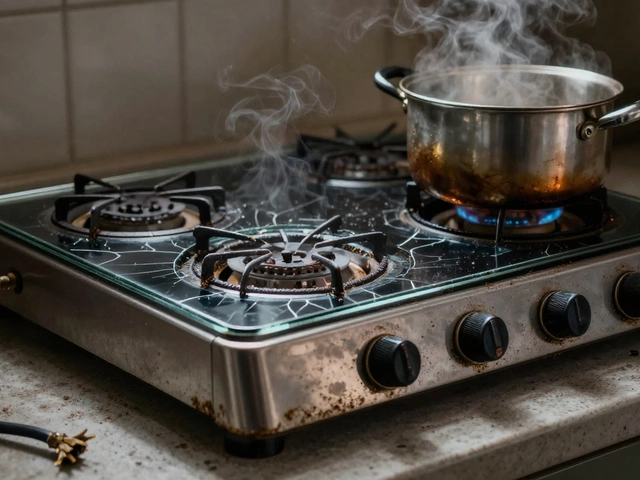Faulty Heater Element: How to Spot It and What to Do
If your water isn’t heating or your dryer feels weak, the heater element might be the culprit. A faulty heater element is one of the most common reasons appliances lose heat, and fixing it can save you time and money. Below we break down the signs, simple tests, and DIY steps you can try before calling a repair service.
Typical Signs of a Faulty Heater Element
First, look for these clues:
- Hot water runs cool or takes forever to heat.
- Dryer takes ages to dry clothes or stops heating altogether.
- Unusual clicking, buzzing, or a burnt smell from the appliance.
- Visible scorch marks or broken coils on the element.
When you notice any of these, it’s time to check the element itself. Most heater elements are metal coils that get very hot, so always unplug the appliance before you start.
Simple Test and DIY Replacement Steps
Here’s a quick way to test the element with a multimeter:
- Unplug the appliance and locate the heating element – usually behind a panel or at the back of the water tank.
- Remove the element’s wires and set your multimeter to the resistance (ohms) setting.
- Touch the probes to the element’s terminals. A healthy element reads between 10-30 ohms. If it shows infinite resistance or zero, it’s broken.
If the test shows a bad element, you can replace it yourself in many cases. Here’s a basic flow:
- Order the correct replacement part – match the model number and voltage.
- Remove the old element by loosening its screws or bolts. Keep a tray for the nuts.
- Install the new element, making sure the connections are tight and sealed.
- Re‑assemble any panels, plug the appliance back in, and run a short test cycle.
Most replacements take under an hour if you have the right tools. However, if the element is inside a sealed tank or you’re not comfortable with electrical work, call a professional.
Remember, safety comes first. If you ever feel unsure, a qualified technician can diagnose the issue, handle the replacement, and give you peace of mind.
Keeping an eye on your heater elements and addressing problems early helps extend the life of your appliances. A quick visual check, a simple resistance test, and a straightforward swap can often get things back to normal without a big bill.
Got a stubborn heater element that won’t quit? Our team at Weymouth Appliance Repair Services can help. We’ve fixed countless faulty heater elements in water heaters, dryers, and ovens across the UK. Give us a call and get reliable service fast.
Signs of a Faulty Hot Water Heater Element and How to Identify Them
- Alden Wilder
- Oct 31 2024
- 0 Comments
Understanding how to identify a bad hot water heater element can save you from unexpected cold showers and costly repair bills. This article delves into the common signs indicating a faulty element, such as inconsistent water temperature and increased energy bills. Learn simple methods to diagnose and test the element at home with basic tools. Regular maintenance tips are also provided to prolong the lifespan of your water heater and prevent future issues. Explore these practical insights to keep your water heater running efficiently.
View More




